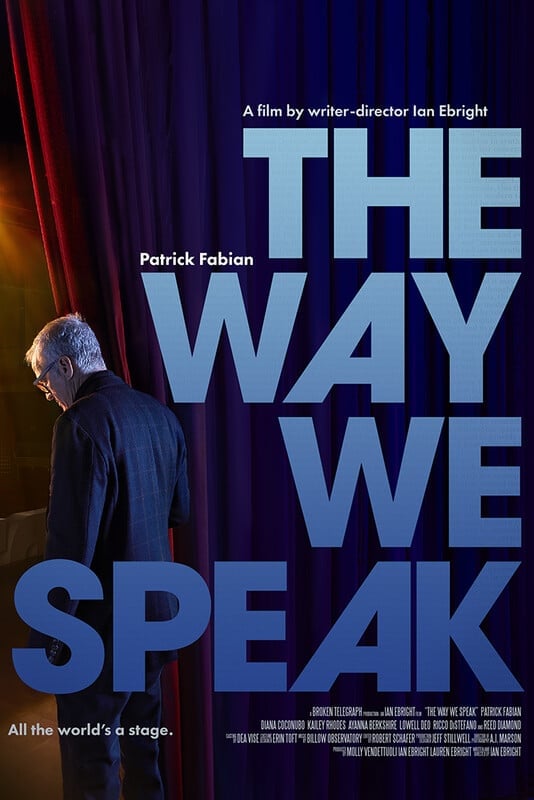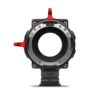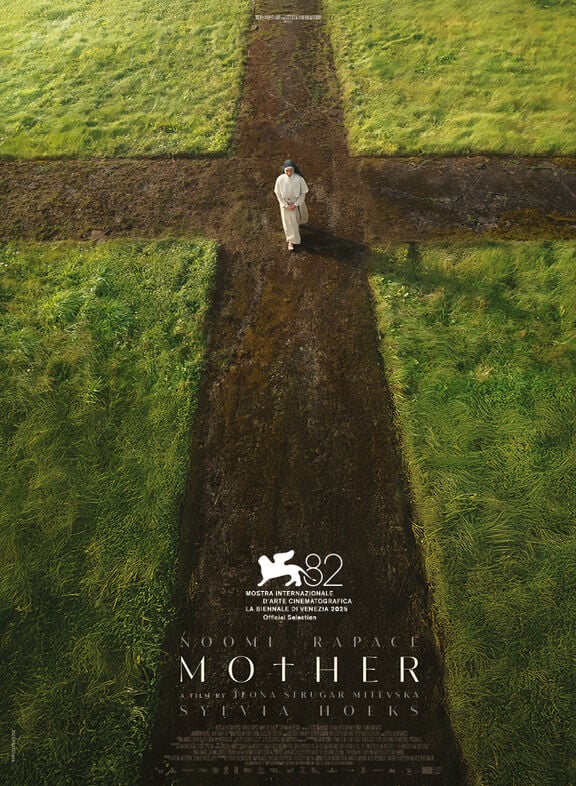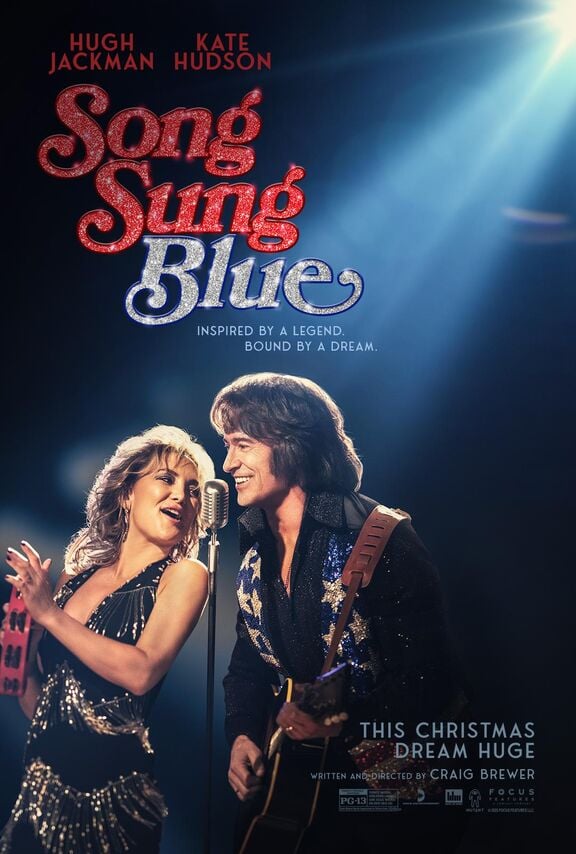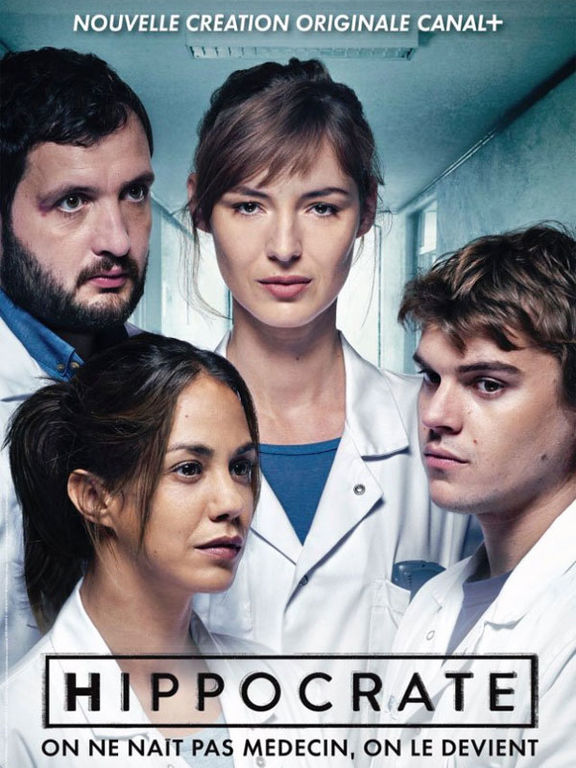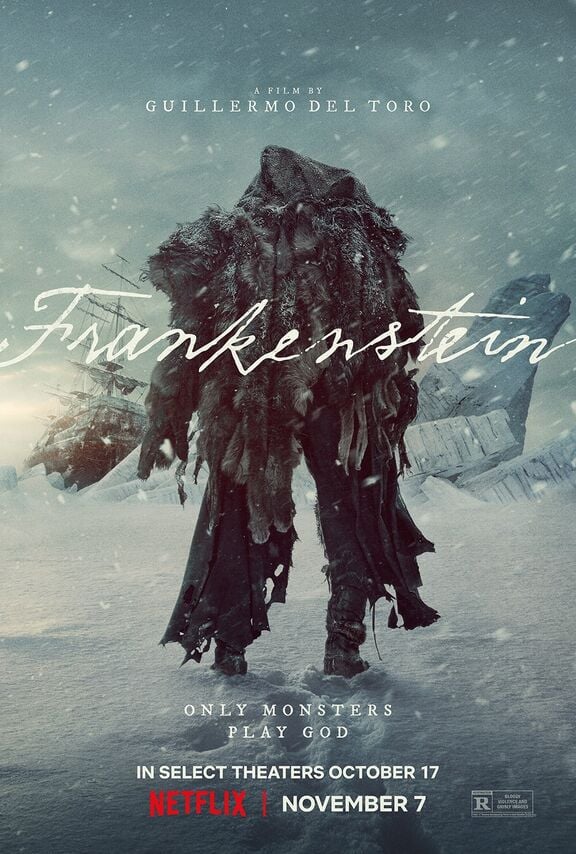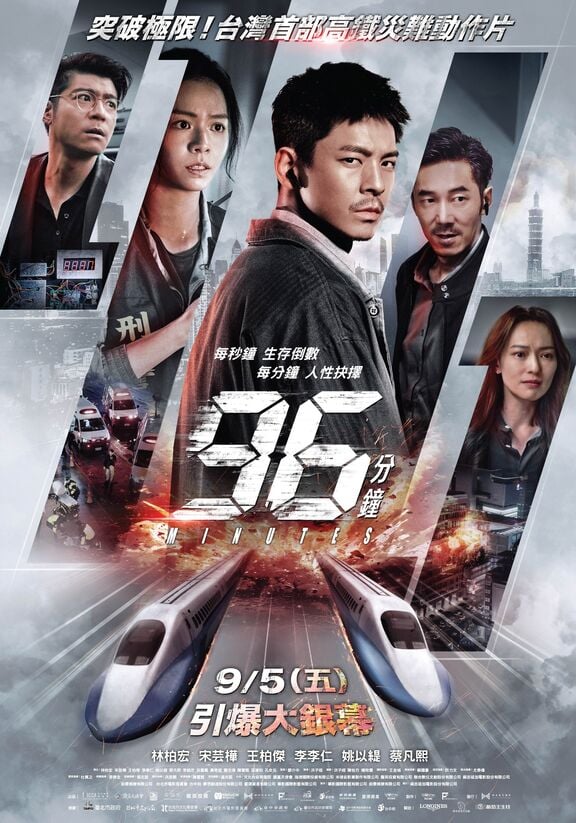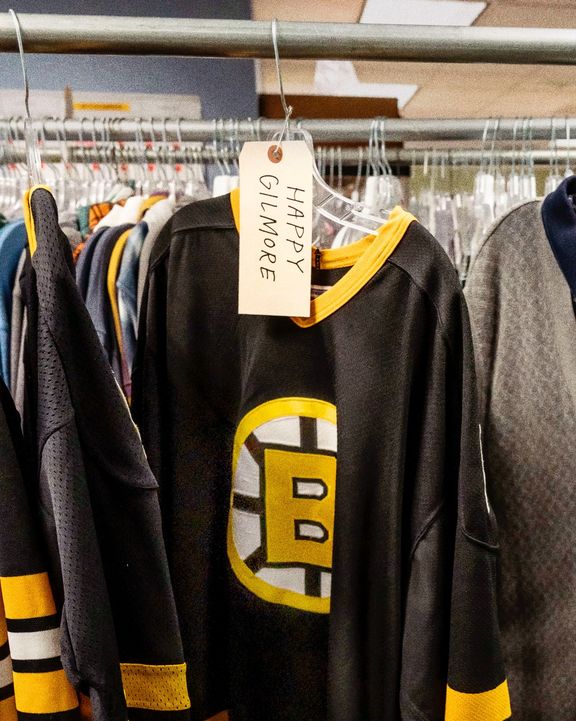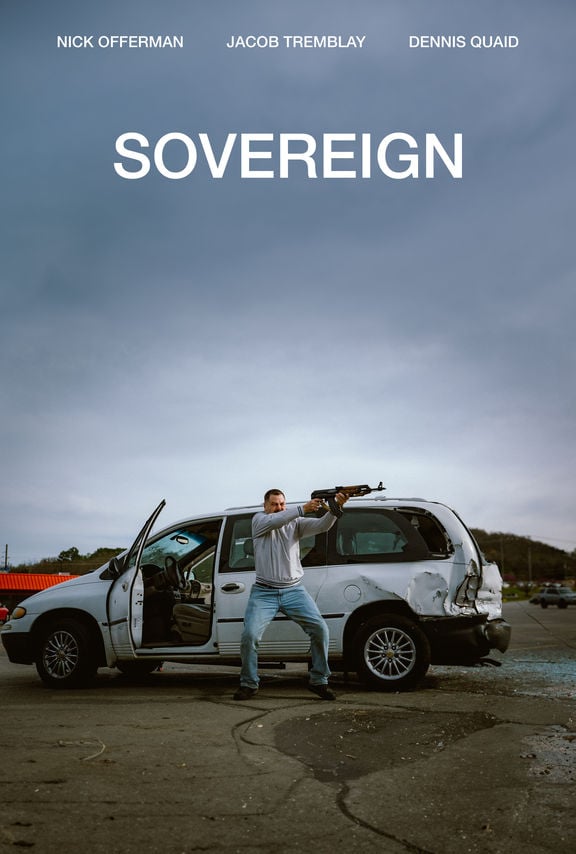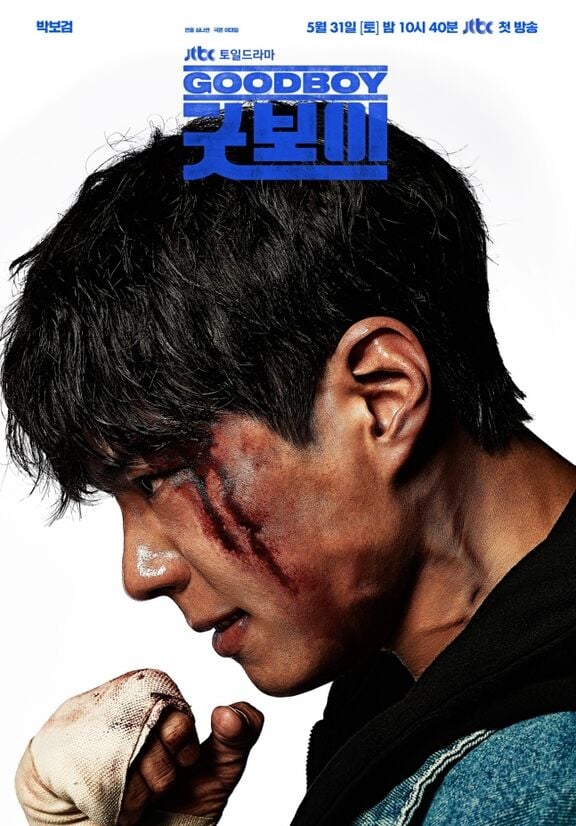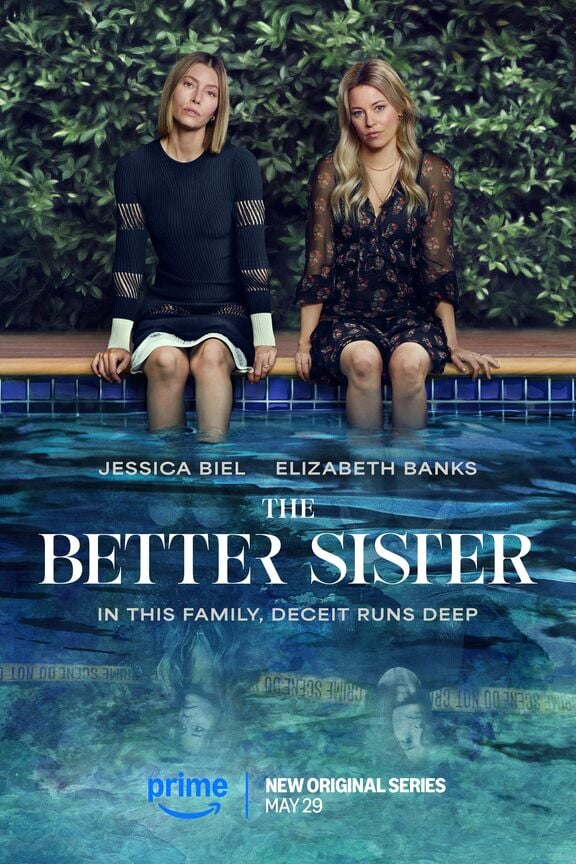THE WAY WE SPEAK FINDS ITS LOOK WITH LEITZ ELSIE LENSES
Seth Emmons: How did each of you come to be connected to this project?
Ian Ebright: After film school at Seattle Film Institute I wrote feature screenplays for a while but burnt myself out. I came back in my 30s with the idea to write stuff that I could actually shoot and started with a short film called “From the Sky.” It was the first of three shorts that I wrote and directed. I decided to do another feature and wrote The Way We Speak, which we shot in the first half of 2023.
A.J. Marson: Three or four years ago I made the jump from 1st AC to DP, but I had been shooting throughout my AC career along the way. During that time I made a short film called “Iris,“ which I wrote, co-directed, and shot. It screened at a number of festivals and Christopher W. Graham, one of the producers of Ian’s last film, happened to see it.
Ian: Chris showed me “Iris” and I thought it was the best looking short film I’d ever seen, which is funny because I’d done three of my own. We nearly hired A.J. for my last short, “Pinwheel Horizon'' but it didn’t work out. So I was thinking about A.J. when it came time for The Way We Speak, and we had talked together enough for me to know that we had a good rapport and an immediate shorthand.
A.J.: When Ian reached out about The Way We Speak I was really excited to dive into the moody and colorful world he had presented in his pitch deck. Even though this was our first project together, by the time the camera started rolling I felt like we were both speaking the same language and our communication only got stronger as the weeks went on during production.

What can you tell me about the story of the film?
Ian: The Way We Speak is about an up-and-coming atheist, futurist essayist named Simon played by Patrick Fabian. Simon is participating in the headlining debate at a fictional thought leader summit against his best friend George, a renowned intellectual. At the last minute George suffers cardiac arrest and is unable to attend. Simon is surrounded by two very successful women, the president of this event and his wife, who is a renowned doctor but is very ill. The women think the event should be canceled, but Simon can’t read the room and insists for reasons the story unpacks that the show must go on.
The story was partially inspired by my love of documentaries, especially one of my favorites, Best of Enemies, about a series of debates in 1968 between William F. Buckley and Gore Vidal, as well as Life Itself about film critic Roger Ebert. I wanted to use the themes of love and competition, which are often at odds, and distill them into something interesting.
What is some of the visual language that began to develop as you started talking about and preparing for the film?
Ian: I didn’t want this to be your grandfather’s earnest drama so we had a motto of “play against type,” which included the cinematography, lens choices, set pieces and music. I had a sense of it from the beginning, but once A.J. and I started talking we put the muscle on the skeleton of the idea and fleshed it out. For example, we had to figure out how to paint drama into the auditorium scenes where the debates take place. Moneyball was one of the references we looked at as well as Steve Jobs.
A.J.: We both agreed that we wanted to begin with a much more classically composed and shot film, but as the story unraveled and Simon began to lose his grip, we wanted the camera to get a little more unhinged and in-your-face, more intimate. To accomplish that we were on the dolly for the majority of the first two-thirds of the film, then switched to handheld when Simon’s world began to spin out of control.
Ian: We also used contrast and richness and striking colors so that it wasn’t just this frank thing that you’ve seen before. We knew we wouldn’t have the time or money to set dress our locations to death, so as one of the producers I fought really hard for great locations. We looked for ones that had a very bold, vibrant aesthetic to them that would differentiate one from the next. Each location gave us the parameters for color, then A.J. and our gaffer Logan Reynolds with our camera and lighting teams augmented each one.
A.J.: While scouting we identified color palettes for each location and then pushed further in that direction. I really loved the idea of creating colorful, high contrast, and low key images, especially in the memorial scene where there was an existing amber tone throughout the location. We added backlights and peppered in accent lights throughout the set then production designer Jeff Stillwell topped it all off with several candles along the bar.
Another setup where we really leaned into what the location had to offer was the backstage area, which had about 50 hanging theatrical LEDs as well as several leko trees on the stage. We had the theater staff dial in a blue wash from the top and turned on the lekos to taste, then added our keys and other supplemental lighting to enhance what we were getting from the location.
Ian: Those backstage scenes are sort of calling out Michael Mann’s Heat with an almost obnoxious but very gorgeous midnight blue. We wanted that color for backstage as it is a bit of a bizarro world version of what happens in front of the stage.

A.J.: The dream sequences gave us a lot of room to play and work in colors as well, which we also pushed into a cooler and more low key direction. One of my favorite shots in the film is the dolly shot where we pan from pages scattered on the ground while pushing in with Simon as he makes his way toward a lake where George is standing in the distance near the water with his hands in the air. The combination of the fall off in the corner of the lens while wide open and the sunlight shimmering against the open water makes George almost feel like a mirage. I just love the way that shot turned out.

How did you come to decide on your camera and lens choices for the film?
A.J.: The camera choice was easy, we shot on my ARRI Alexa Mini LF. It’s a beautiful camera. We shot 2:1 aspect ratio in 4.3K sensor mode so we could use the full width of the sensor and capture 4K ProRes 4444. I wanted to go full frame with this project because to me it feels a bit more intimate. With the wider angle of view I don’t find myself reaching for longer lenses. I’m happy to move a little closer to be in there with the characters. I feel like the closer proximity from lens to subject naturally results in a higher degree of intimacy. The biggest disadvantage is the limit of lens options that cover full frame.
What was your process for testing lenses for this project?
A.J.: Ian and I started talking about what we wanted to see in a lens and what we didn’t want to see. We initially considered lenses with tons of character like Canon rangefinders, but it quickly became clear that something so low con or that milked out when hit with stray light or flared like crazy wouldn’t be right for this story. We wanted something that would hold up to strong light and that could be used wide open without falling apart. We explored anamorphics but the distortion and flare didn’t fit this project. We basically narrowed it down to spherical and a bit more modern, but we still wanted some character.
At one point Nick Schrader from Videofax in San Francisco hosted a demo of their new Leitz ELSIE lenses but I missed it. I reached out to him later about coming in to test some lenses for the movie and of course he was super inviting. I spent about half a day with him and his team shooting tests of a bunch of lenses including the ELSIE lenses. I sent it to Ian and we both felt like the ELSIEs had the look we were after. They’re obviously modern but they’re not clinical at all. They have a really nice way of rendering faces where you don’t see too much of the skin imperfections, but at the same time you’re drawn into the actor’s eyes. There are a few shots in the film where Kailey Rhodes’s eyes just pop so well and I attribute that in large part to the lenses. We’ve got to give Kailey some credit too, but the lenses are so nice on faces and skin tones and complement the actors really well.
Ian: As a DP A.J. can speak more correctly to these things, but to me the ELSIE lenses occupied a space of their own. For me, the three things I was looking for were clarity, cinematic aesthetic, and richness. They’re like three legs of a stool. A perfect balance is timeless, but if you tip too far in one direction it can feel too “of the moment.” You’ll look at it in five years and it will feel dated.
A.J.: When we went with the Leitz ELSIEs I was a little afraid because Leitz has this reputation of optically perfect lenses, which is why David Fincher shoots with the SUMMILUX-C lenses. We didn’t want to go too far into the realm of optically perfect, but we also didn’t want to go so far in the other direction that a backlight or a flare would wash out the entire image and we couldn’t read our actors. I found the ELSIEs to be a perfect middle ground.
There’s one shot in particular that really sells exactly what the lenses can do. It was the first day we shot in the auditorium and we were getting a profile shot of the moderator Lowell Deo from behind. Patrick Fabian was in the background and we were being pegged with a Leko from the rafters. The flare was gorgeous. It had this beautiful pattern where it opens up, with a blooming element to it and a bit of a rainbow edge. It didn’t wash out Lowell or Patrick at all. They still held contrast and you could see them perfectly. We got a beautiful flare and character but didn’t lose the storytelling aspect of what we actually need to see in the shot, which is the two characters. It’s exactly what we wanted for this movie.
Ian: I felt like the lenses gave us a huge sandbox because we knew we were going to throw shadows and lens flares and colors and everything at them. There was quite a bit of distance between the ELSIE lenses and the other ones we tested. They were unique.

How was physically working with the lenses?
AJ: Great. They’re all lightweight, fairly small, and basically the same size and weight for the most part, except for the widest ones. We were a single camera show throughout, so we didn’t have a second body to jump to when we needed to switch to Steadicam or gimbal at various points. The lenses made those changes so much easier. I really love the form factor of the ELSIEs.
Were there any focal lengths that you gravitated towards?
A.J.: Yeah, I was on the 75mm for a lot of the film as well as the 40mm. We actually crafted a visual language for the debates based on focal lengths. We started on the 40mm mostly locked off. We’re farther away in a cowboy medium shot for both characters. The characters aren’t moving much and neither is the camera. For the second debate we’re on the 75mm and are a little more in there. The characters move out toward the audience so we get into more of a medium close-up range for both characters. For the third debate we did a pass on both the 40mm and the 75mm and I’m handheld on the stage in their faces, moving with them as we feel the tension mounting.
Did you use any filtration?
A.J.: We used the Tiffen Black Satin ¼ for the majority of the film to get a bit more halation in the highlights and anytime I wanted to knock the resolution down just a bit more. What I like about Black Satins is that they are a combination filter, so the halation always remains the same, but you can lower the resolution by changing the filter strengths. For the dream sequences we pushed it to a 1 to separate it a bit more from the rest of the film. We would also pull the filters if we found the halation overpowering or needed a cleaner shot for VFX.
Was there anything else you did differently for the dream sequences to set them apart?
A.J.: Not optically. We pushed our lighting a bit more contrasty and made some adjustments based on time of day. We went our bluest when Simon jolts awake from his first dream at 4am in the morning, then peppered in a bit more white light, but still pushed toward a cooler tone for the second dream which is closer to 6am on a different day. There are various stages of those dream sequences and wake-ups.
Ian: I liked the idea that the dreams wouldn’t occupy a visual language too different from the rest of the film so the result would kind of wash over the audience like it’s washing over the protagonist.
Where can people see the film?
We had our world premiere in April at the Florida Film Festival followed by screenings at the RiverRun International Film Festival in North Carolina and the Julien Dubuque International Film Festival in Iowa where we received the award for Most Honorable Mention Feature. We’ll be available to watch on VOD this summer and will be announcing more about that soon on Instagram and Facebook.


Overview
DoP A.J. Marson
Lens used
ELSIE
Character

